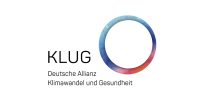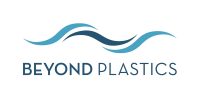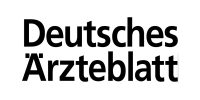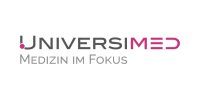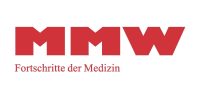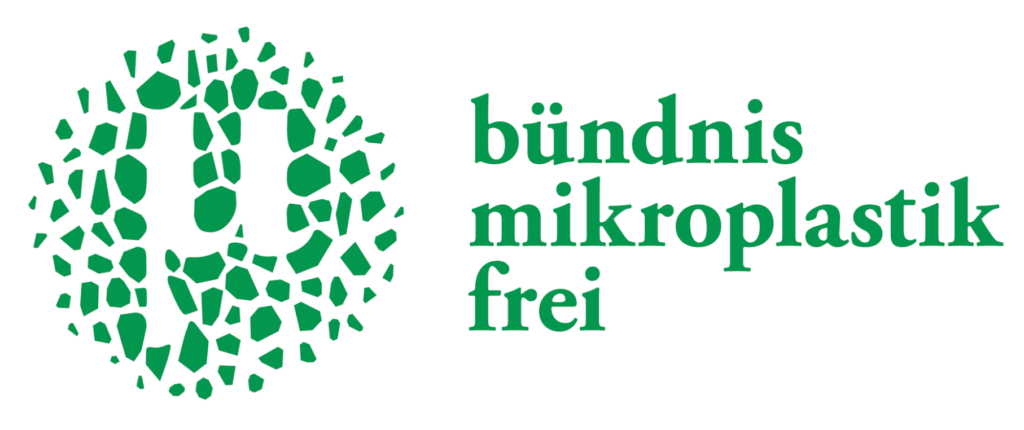Fact Sheet: Summary of the study: Packaging turnaround now!
How to make the transition to a circular economy for plastics in Germany a success
The study sheds light on the disadvantages of the linear plastics economy and describes instruments and measures on how the transformation to a circular economy can succeed with the aim of reducing environmental pollution and significantly lowering greenhouse gas emissions.
In the following, information, data and implementation measures from the study have been quoted or summarised in spirit:
According to forecasts, global plastic production will double by 2040, plastic input into the environment will triple and the amount of plastic in the sea will quadruple.
Plastic packaging now accounts for a large share of plastic consumption (27%), plastic waste (59%) and greenhouse gas emissions (15.3 million tonnes of CO2 equivalents per year).
It is estimated that the plastics industry worldwide consumes up to 19% of the available CO2 budget that must not be exceeded in order to meet the 1.5 degree target set in the Paris Climate Agreement.
95% of the value of packaging is lost after a short use cycle. This corresponds to a sum of 80 to 120 billion US dollars annually. With 38 kg of packaging consumed per capita annually, Germany is well above the European average.
The linear plastics economy - current state of affairs:
- In 2019, 14.2 million tonnes of plastic were processed in Germany, of which 12.1 million tonnes were consumed domestically.
- 89% of all plastic packaging is made of virgin material.
- 50% of packaging waste is used for energy. Annual incineration volume of 1.6 million tonnes of plastic packaging worth 3.8 billion euros.
- Of 50% of non-combusted plastics, 18% are exported.
- Other 10% are recycled in the open cycle and are lost after a short usage cycle.
- 33% of packaging in Germany is not recyclable.
If there is no system change in the plastics industry:
Increasing greenhouse gas emissions are estimated to be released from plastic packaging production and waste disposal. In the "business as usual" scenario, plastic packaging volumes are expected to grow moderately by about 0.6% per year or 14% by 2040
- generation of 329 million tonnes of greenhouse gases between 2019 and 2040.
- Forecast: More than 17.2 million tonnes of greenhouse gases in 2040 caused by plastic packaging during and after its product life cycle.
This corresponds to almost 5% of Germany's emissions budget (375 million tonnes in 2040), with which the 1.5 degree target from the Paris Climate Agreement can be met.
However, Germany can reduce the volume of all plastic waste by 40%, new plastic consumption by over 60% and energy recovery by over 70% by 2040.
A system change to a circular economy brings about:
- The reduction in in system change of combustion rate by 73 %
- The decrease in demand for new plastic by 64 %
By 2040, 20 million tonnes of new plastic (equivalent to more than six years of plastic packaging consumption) and more than 68 million tonnes of greenhouse gas emissions could be saved. The systemic benefit by 2040 would be almost one billion euros.
How can systemic change be achieved?
Existing obligations (including binding political regulations and voluntary industry initiatives) are currently not sufficient to enable the transition to a circular economy in packaging. Therefore, new measures need to be taken:
Action 1 - Avoidance and minimisation of unnecessary packaging reduces plastic waste by 8%.
Measure 2 - Reusable approaches could reduce plastic waste by up to 23% (909 kilotonnes) by 2040.
Action 3 - Replace or substitute single-use plastic packaging with paper, coated paper or bio-based materials.
Action 4 - Design for recycling can significantly improve closed-loop recycling (reduced packaging complexity, clear deadlines for producers). It promotes recycling yield and the value of recyclates.
Action 5 - Waste separation at the point of waste and high quality sorting improve efficiency and outcomes of the recycling system by:
- Standardisation of the recycling system
- Sensitisation of the consumer
- Clear recycling information on packaging
Action 6 - New regulations and technologies for closed-loop recycling of food-grade plastics while protecting consumer health and safety.
Action 7 - Recycling markets: Demand-side standards, incentives and market norms (for example standards for recyclates and recycled material) need to be developed.
Germany can become a role model for Europe in the transition to a circular economy for plastics.
For manufacturers, this means:
1. ensure greater transparency by publishing recyclability targets and reporting on progress.
2. improve sorting and recycling processes through open source standards for the entire life cycle of a product (e.g. tracers on the packaging that provide information on the composition and origin of the packaging in terms of traceability).
3. standardisation of collection systems and simplification of separation: currently, different collection systems for recycled material exist in parallel.
4. support and educate with simple, clear recycling instructions on the packaging.
5. promote consumer appreciation of recycled materials by educating and raising awareness.
6. take into account potential limitations of quality (downcycling through quality degradation).
6 key criteria for the recycling-friendly design of packaging:
1. move away from multi-materials for non-food applications by 2030 and from all food-grade multi-materials by 2040, switching to mono-materials.
2. abandonment of PVC, polystyrene and industrial soot from 2025.
3. use only transparent, colourless containers.
4. easy removal of labels, minimise direct printing on containers.
5. additives, barriers, coatings, adhesives and paints that are not problematic for recycling.
6. unproblematic material for closures (exit from silicone seals and valves and lids made of PS, PVC, aluminium and steel).
Further facts and figures as well as literature references and can of the study "Packaging turnaround now!" can be taken.
